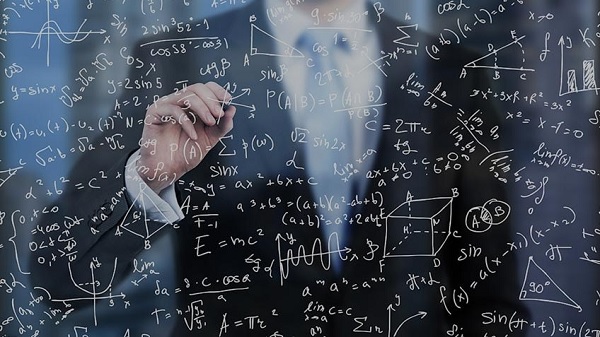
How algorithms are changing the face of journalism
New digital technologies are now part of any seasoned journalists’ tools of trade.
Not only do they assist journalists to create content, they also impact the way individuals consume news. The main technology in use here are algorithms. An algorithm can be described as a step by step approach to solve problems relying on the use of processing, calculation in computing and mathematical environments to, sort and search data items.
Advertisement
Algorithms support, especially news production, by doing various tasks; automation of news, processing and analysis of large complex data sets, visualisation, prediction and data mining. Algorithms are now powering robotics, artificial intelligence, machine and deep learning and incorporating them across the value chain of generation, editing and dissemination of news.
Robo-journalism is one of the first algorithms that was developed for use in newsrooms. Quakebot is a popular example of robo journalism. This bot wrote standard news stories based on earthquake data and provided the evidence that automated news writing is much faster than what humans can produce given similar timeframes.
Robo journalism can be described as the use of computer software programme to generate news articles, features, etc. relying the combination of data analytics, machine learning and artificial intelligence. The output of robo journalism is highly sophisticated since it makes use of journalistic style and terminologies related to the subject matter, thereby making it difficult if not impossible to detect that the
writing is that of a machine not a human being.
During Switzerland’s November 2108 elections, a text-generation “bot” called Tobi wrote over 40,000 election results news stories in just five minutes for a media company called Tamedia. Furthermore, Forbes have in their newsroom “Bertie” powered by artificial intelligence which
provides assistance to news reporters with templates and first drafts of news stories which they then work into final copies.
The Washington Post’s “Heliograf” is another robot reporting programme. It produced 850 articles in its first year of operation. On their
part the Chinese news agency Xinhua and other media companies are currently experimenting with humanoid robot journalists. These are robots cast in a model of a woman which is able to hold simple conversations, conduct limited live studio interviews as well as make specific facial expressions.
Sports journalists are using prediction algorithms to predict scores of matches, while political reporters and campaign managers are using these to predict poll outcomes. Newbots are another example of algorithm supporting newsrooms to disseminate news in a very efficient and
speedy manner.
However, newsbots are notorious for spreading fake news which is funny, because newsrooms end up using algorithms to perform fact checking, etc. ClaimBuster is one such programme helping journalists weave through fake news and propaganda to detect issues that
they need to watch out for.
Algorithmic news spotting is another interesting area in computational story discovery. In this context, newsroom members are able to use this tool to have a handle on key stories online, on social media and other channels instead of using humans to do this laborious and time consuming news monitoring.
Leading the pack here is Newsworthy. As can be seen from the preceding, artificial intelligence, algorithms and robotics are getting an established role in newsrooms and getting widespread use in news organisation across the globe especially in areas such as story production,
personalisation and delivery of news.
Today, there are a number of specialised firms such as Yseop, Automated Insights, Narrative Science who are selling products and
services based on computer software, chatbots, algorithms and artificial intelligence to generate news articles using tone, newsroom style and voice per given parameters.
There is no evidence available to showcase media houses in Ghana who are relying on artificial intelligence, robotics and algorithm either partially or solely in generating news articles or in other areas of news operations. This means any newsroom in Ghana who takes this up will not only enjoy first mover advantage, but will also provide leadership in this area. Such leadership is badly needed to ensure newsrooms in the country are not too far behind the innovation curve.
In sum, the advancement in automation of newsroom constantly throws up the question of whether human journalists are going to be taken out of the news production equation or the profession of journalism may become extinct? The answer is whereas modern newsrooms have changed due in part to the spread of new digital technologies as a whole and algorithms in particular, human insights in news production, reporting and editing, flow and layouts will still be crucial in years to come. This means human journalists are going to be needed as robots and humanoids still have ways to go before they can make those judgement calls.
The writer is the Director of Innovations
at Penplusbytes.org e-mail:
[email protected]
WhatsApp : 0241995737




